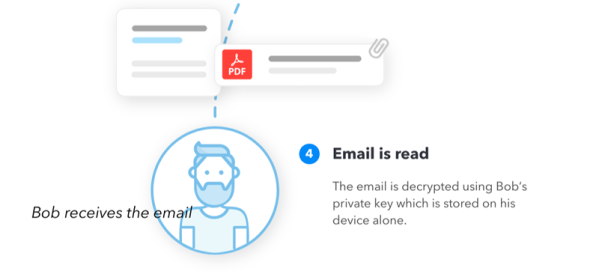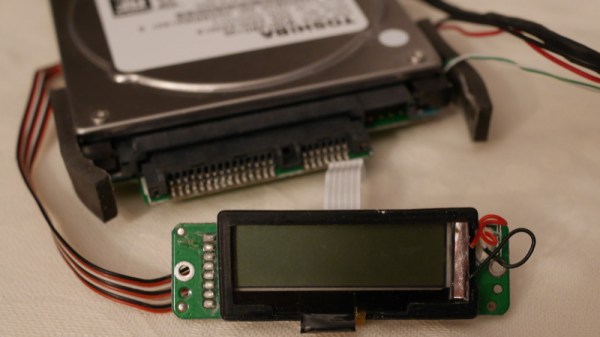Back in the early days of radio, it was quickly apparent that the technology would revolutionize warfare, but only if some way could be found to prevent enemies from hearing what was said. During World War II, the Allies put a considerable amount of effort into securing vocal transmissions, resulting in a system called SIGSALY – 50 tons of gear developed by Bell Laboratories with the help of Alan Turing that successfully secured communications between the likes of Churchill and Roosevelt during the war.
Now, a small piece of the SIGSALY system lives again, in the form of a period-faithful reproduction of the vocal quantizer used in the system. It’s the work of [Jon D. Paul], who undertook the build to better understand how the SIGSALY system worked. [Jon] also wanted to honor the original builders, who developed a surprisingly sophisticated system given the technology of the day.
SIGSALY was seriously Top Secret in the day, and most of the documentation was destroyed when the system was decommissioned. Working from scant information, [Jon] was able to recreate the quantizer from period parts, including five vintage VT-109/2051 thyratrons scrounged from eBay. The vacuum tubes are similar in operation to silicon-controlled rectifiers (SCRs) and form the core of the ADC, along with a resistor divider ladder network. Almost every component is period correct, and everything is housed in a nice acrylic case. It’s a beautiful piece of work and a great homage to a nearly forgotten piece of cryptographic history.
Interestingly, Bell Labs had a bit of a head start on the technology that went into SIGSALY, by virtue of their work on the first voice synthesizer in the 1930s.
Continue reading “Rebuilding The First Vocal Encryption System”

















